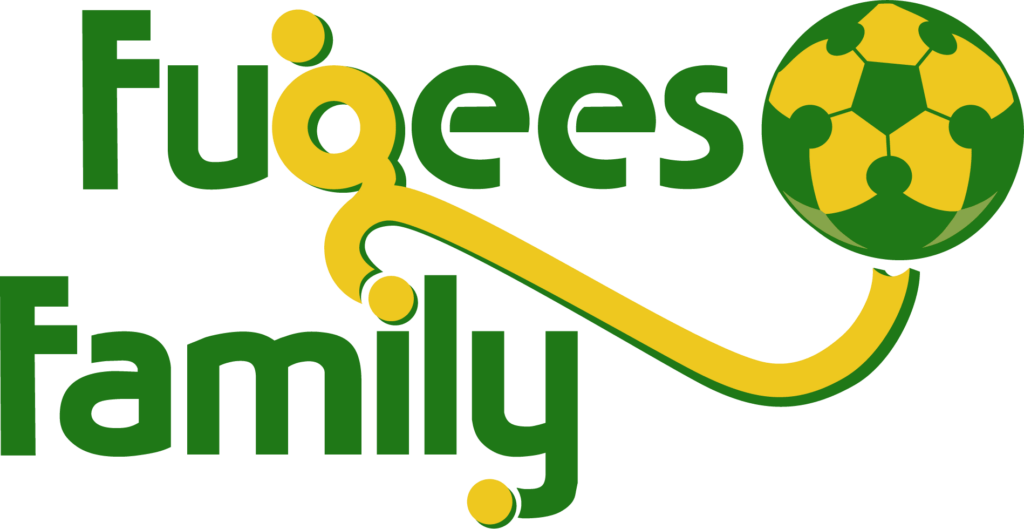Teranga Academy: Social, Emotional, and Academic Development as an Integral Part of Refugee Education
When I was in elementary school, I held onto this idea of getting good grades so I could go to a good college and eventually get a good job. But…

When I was in elementary school, I held onto this idea of getting good grades so I could go to a good college and eventually get a good job. But as I got older, I realized the tremendous impact of having teachers in whom I could confide without judgements, having access to quality resources, feeling safe, challenged, and valued, and being in a school that reflected students from diverse backgrounds, had on my experiences in schools. It wasn’t until I visited Teranga Academy, a school/district partnership with Fugees Family, which is designed to address the learning needs of immigrant and refugee students, that I witnessed the remarkable impact that a holistic youth-centered education, coupled with a culture of care, has on students’ social, emotional and academic development.
Since its inception in 2022, Teranga has served as a hub for refugee and immigrant students, and their families, in acclimating to the US. Teranga provides support services such as home visits, information for parents on how to access resources, and the necessary tools for students to be successful. While there, I noticed the many flags of the students’ native countries on display, as well as colorful artifacts and academic tools lined up along the halls. The school bell rings over the sound of classical and pop music. Students begin their day with either yoga or martial arts to train their minds and bodies in preparation for the day. More importantly, I saw that students seem genuinely happy to be there.
Beyond the responsibility of schools to provide a “free and adequate public education,” to which every child in the US is entitled under federal law, Teranga provides the social and emotional support that is often missing or poorly implemented in public schools around the country. While the onus of social, emotional, and academic development typically falls on the shoulders of educators, I witnessed that every stakeholder holds themselves responsible for ensuring that students have the opportunities they need to succeed. Caring educators hold high expectations for their students; administrators make decisions with a “students and community first” mentality; the district is responsive and open to making decisions that would lead to positive change (i.e., the promotion of Fugees model through partnerships); and the students and their families were involved within school/communal events (e.g., cultural nights and potlucks). Several of the educators I talked to divulged that Teranga is a much better learning community to be a part of than their previous schools.
The director of Fugees, Luma Mufleh, shared her belief that schools can only succeed when they put their students’ needs at the forefront of decision making. Teranga also employs “cultural liaisons,” who serve to bridge the gaps between students’ native language, cultures, and experiences in traditional American schools. These classroom liaisons form an added layer of supervision and trust between the students and content area educators.
One of the most transformative approaches to academic development that I witnessed was Teranga’s instructional model, which puts content experts outside of their grade level (e.g., primary teachers who understand how to scientifically teach reading paired with middle and high school students), and across core subjects — not just for students to learn how to read and write, but for their full education. Most Fugees students are English learners, so teachers use every class as an opportunity to build students’ language skills. Fugees describe their approach as “starting from the bottom and working our way up, instead of scaffolding backward,” arguing that elementary teachers are better trained in supporting students’ holistic development and better positioned at accelerating students’ learning within a shorter timeframe. Teachers at Teranga were transparent with their students about a more community-based learning model, which engaged students even more.
As an impact of COVID-19, social, emotional, and academic development has skyrocketed to the forefront of contemporary learning in schools these past few years. Research shows that making social, emotional, and academic development an integrated part in P-12 schools gives students a better chance to thrive in school and throughout life. At Teranga, I found truth in the adage, “it takes a village to raise a child.” It’s remarkable to see how every stakeholder at Teranga comes together for the same goal. Coordinated efforts from districts and school leaders on policies help ensure that refugee students have a chance at a brighter future and better opportunities. Integrating social, emotional, and academic development addresses many of the unmet needs that are prevalent in schools. The Fugees model offers a prime example of what schools can do to foster holistic learning for all students.
Manny Zapata is a 2022-23 P-12 research and policy intern studying social, emotional, and academic development.
This is a follow-up blog post on Fugees Family and their social, emotional, and academic development work. Check out the first blog post here.